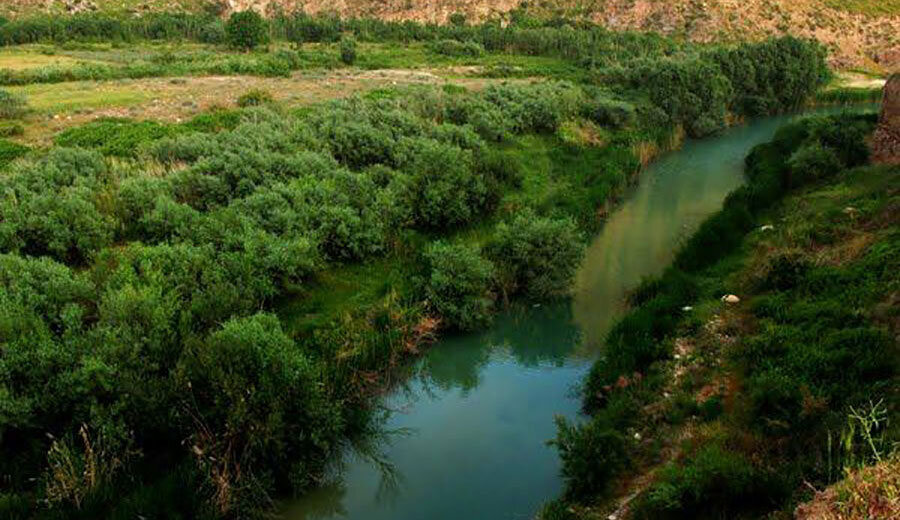Natural properties in Hamedan made national heritage

TEHRAN –A total of four natural properties across west-central Hamedan province have recently been inscribed on the national heritage list, the provincial tourism chief has announced.
Mount Khorzaneh, which is home to several natural caves, two plane trees, and the protected area of Malusan were added to the prestigious list, Ali Malmir said on Wednesday.
Having an opulent tourist circuit with 26 UNESCO World Heritage sites, of which the vast Hyrcanian Forest and Lut Desert are among the natural properties, Iran seeks to acquire a greater share of the global tourism industry by 2025.
Known in classical times as Ecbatana, Hamedan was one of the ancient world’s greatest cities. Pitifully little remains from antiquity, but significant parts of the city center are given over to excavations. Ecbatana was the capital of Media and subsequently a summer residence of the Achaemenian kings who ruled Persia from 553 to 330 BC.
Hamadan has had many names: it was possibly the Bit Daiukki of the Assyrians, Hangmatana, or Agbatana, to the Medes, and Ecbatana to the Greeks. One of the Median capitals, under Cyrus II (the Great; died 529 BC) and later Achaemenian rulers, it was the site of a royal summer palace.
About 1220 Hamedan was destroyed by the Mongols. In 1386 it was sacked by Timur (Tamerlane), a Turkic conqueror, and the inhabitants were massacred. It was partly restored in the 17th century and subsequently changed hands often between Iranian ruling houses and the Ottomans.
Sitting on a high plain, Hamedan is graciously cool in August but snow prone and freezing from December to March. In summer the air is often hazy.
Ali Sadr cave, Ganjnameh inscriptions, Avicenna Mausoleum, Hegmataneh hill, Alaviyan dome, Jameh mosque, and St. Stephanos Gregorian Church are amongst Hamedan’s attractions to name a few.
ABU/AFM

Leave a Comment